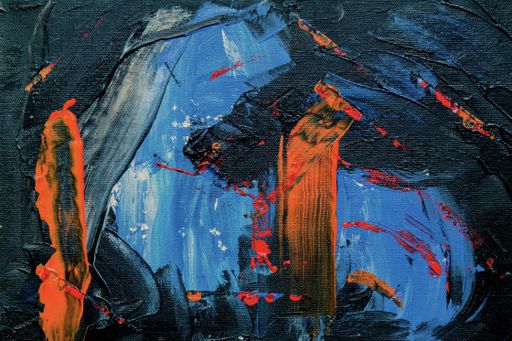Tropical Modernism review – a complex story of power, freedom, craft… and cows
Modernist architecture’s arrival in India and colonial west Africa, and how, post-independence, a new generation of local architects made the style their own, is explored in an intriguing new exhibition

A Tale of Chandigarh's Contrasting Architecture
In Chandigarh, northern India, a man named Nek Chand constructed his own fantasy world in 1957. Using waste material, he built palaces, waterfalls, and sculptures out of odd stones, broken glass, and ceramics. Chand's creation, known as the Rock Garden, stands in stark contrast to the monumental modernist government buildings designed by Le Corbusier. The garden, which was initially ordered for demolition in 1973, is now a popular tourist attraction.
The Rock Garden showcases the divergent styles of architecture present in Chandigarh. Le Corbusier's government buildings are characterized by rational straight lines and right angles, while the Rock Garden is introverted and irregular. Nek Chand himself remarked on the stark differences between the two, comparing them to the sky and the earth.
The Evolution of Modern Architecture in India and Ghana
The Victoria and Albert Museum's exhibition on Tropical Modernism delves into the evolution of modernist architecture in India and Ghana. As these countries transitioned from colonial rule to independence, their leaders, such as Jawaharlal Nehru and Kwame Nkrumah, saw modern architecture as a symbol of the new order they were striving for.
The exhibition highlights the paradoxical nature of modernist architecture, which was primarily a European invention associated with the old imperial powers. British architects Jane Drew and Maxwell Fry played a significant role in introducing modernism to Ghana. They later invited Le Corbusier to design government buildings in Chandigarh. In warmer climates like India and Ghana, modernist ideas could be realized on a larger scale with the support of political leaders.
However, these architects did not fully engage with local traditions and cultures. Le Corbusier, for example, banned cows and informal markets from Chandigarh, despite being essential features of most Indian cities. It took a generation of African and Indian architects to develop their own approaches, adapting modernism to better suit their respective countries.
The Many Faces of Modern Architecture
The V&A exhibition showcases the diverse interpretations of modern architecture. Some architects, like John Owusu Addo in Ghana and Balkrishna Doshi and Aditya Prakash in India, adapted the devices of European architects and incorporated them into their own designs. Others drew inspiration from new ideas, such as the geodesic domes of Buckminster Fuller. The exhibition also features Nek Chand's Rock Garden, which can be seen as a rejection of European ideals.
While modern architecture initially represented a new order and progress, it later became grandiose and oppressive under leaders like Nkrumah. The exhibition offers glimpses into the creative endeavors of architects to make sense of the 20th century's dramatic transformations.


